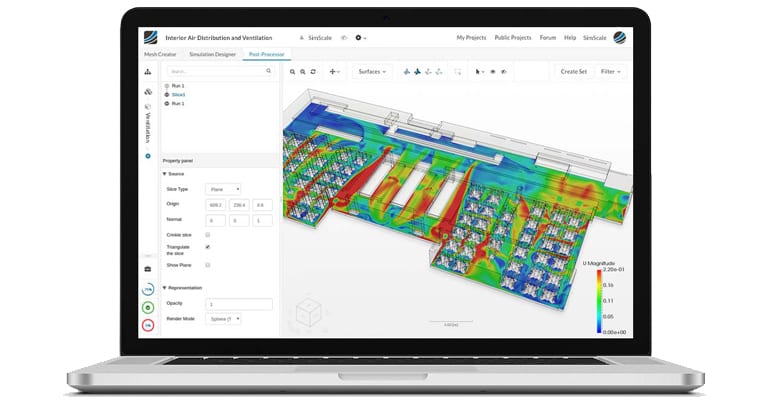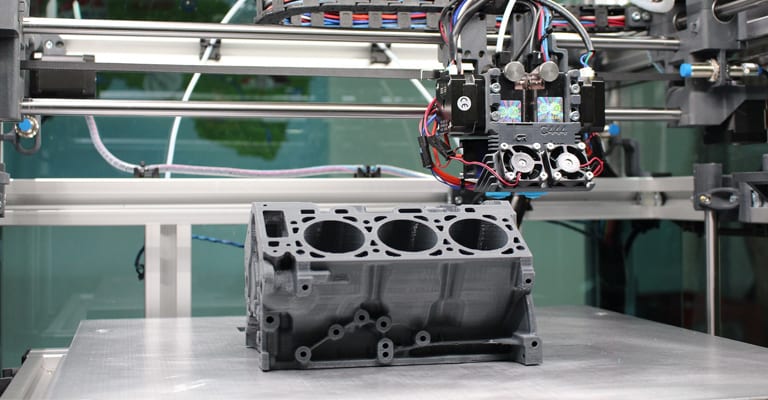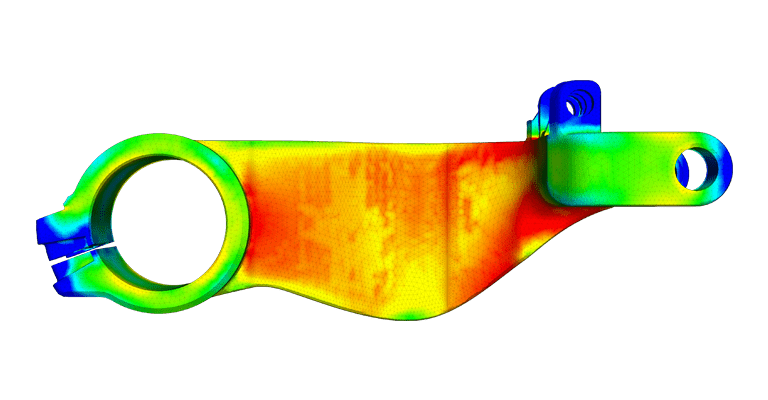Product design, regardless of the industry, is changing continuously, under the influence of many factors. Here are five of the most important trends in product design that you should know about:
Product Design Trends 1. 3D Printing
Product designers, engineers, and manufacturers have started to adopt 3D printing in their work process. Becoming increasingly affordable, 3D printers enable the generation of cost-efficient physical prototypes of products early in the design process and ensure more refined end products.
3D printed models are also useful in communicating the design intent to manufacturers, who can better determine the costs and identify potential issues that may arise during the manufacturing process. In this way, it is possible to clarify any questions that may be apparent when interpreting the CAD models.
Read also: How to Build a 3D Printer from Scratch
Product Design Trends 2. Smart Products
Mechanical products are not just mechanical anymore. In most cases, they include electronic parts or software. With the emergence of the Internet of Things (IoT), the entire mechanical world is evolving. From consumer goods like watches, home appliances or automobiles to industrial products, such as valves or HVAC equipment, products are becoming smarter and technology-dependent. It’s time to build bridges between departments and create interdisciplinary teams. Industry 4.0 is coming.
Product Design Trends 3. Globalization and Product Design
It’s no secret that there is a tendency towards a globalized world. To achieve scale economies, companies need to leverage their product development investments by delivering their products to every available market.
When talking about manufacturing, the fact that companies perform mass production in factories located in developing countries is already old news. Global cooperation in product design is not only a new trend but a very productive one. With the constant pressure for innovation that the market is putting on companies, globalization can help meet the demands for quality and aesthetic innovation through collaboration and optimized use of resources.
As Adina Shorr put it in an article for Desktop Engineering, “this type of global sharing of product design processes is the next-step response to the basic market paradigm of “better-faster-cheaper”.
Product Design Trends 4. Engineering Simulation
Structural analysis of a motorbike swingarm carried out with SimScale“Better-faster-cheaper” is the modern catchphrase and engineering simulation plays a vital role in achieving this goal in product development. Computer-aided engineering (CAE) is being used and increasingly adopted by companies from multiple industries, including automotive, aerospace, consumer goods, electronics, energy, HVAC, civil engineering, and heavy equipment.
This technology enables the user to virtually test, analyze, and optimize products early in the design process by using numerical analysis. CFD and FEA save both time and money while helping improve the end product significantly.
The purpose of a helmet is to protect the person who wears it from a head injury during impact. In this project, the impact of a human skull with and without a helmet was simulated with a nonlinear dynamic analysis on SimScale.
Product Design Trends

Scientists, engineers, marketers, and researchers are all talking about the emergence of cloud-based solutions. Gartner also recognizes that “the era of cloud-based product design is upon us.” This year’s Cool Vendors capitalize on cloud platforms, enabling digital twins and smart products.
Cloud computing allows people to access applications through the Internet, as the alternative to downloading and installing the applications on their physical computers or servers. Cloud-based services offer flexibility, automatic updates, enhanced collaboration, time and cost savings, and minimal upfront investments.
Software as a Service (SaaS), described as the online delivery of a program suite, also needs mentioning when talking about the top trends in product design. SaaS proposes this concept: rather than buying a license for an application, one can rent it only for what is needed, while being hosted on the developer’s servers. This relationship affords the company more flexibility, reduces maintenance overheads, and can save an upfront investment of more than $40,000, as the SimScale simulation platform does.
Product Design Trends Conclusion
Here you have them: the top five trends in product design that nobody should neglect. With the rapid development of mostly all industries driven by technological progress, there are many more trends to consider, however. Artificial intelligence, augmented reality, and positive design are just a few of the trends in product design to keep an eye on in the next few years.






